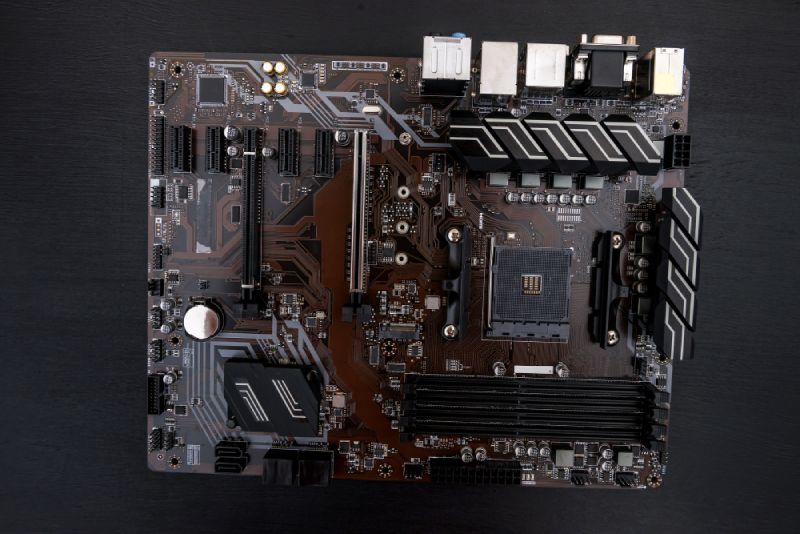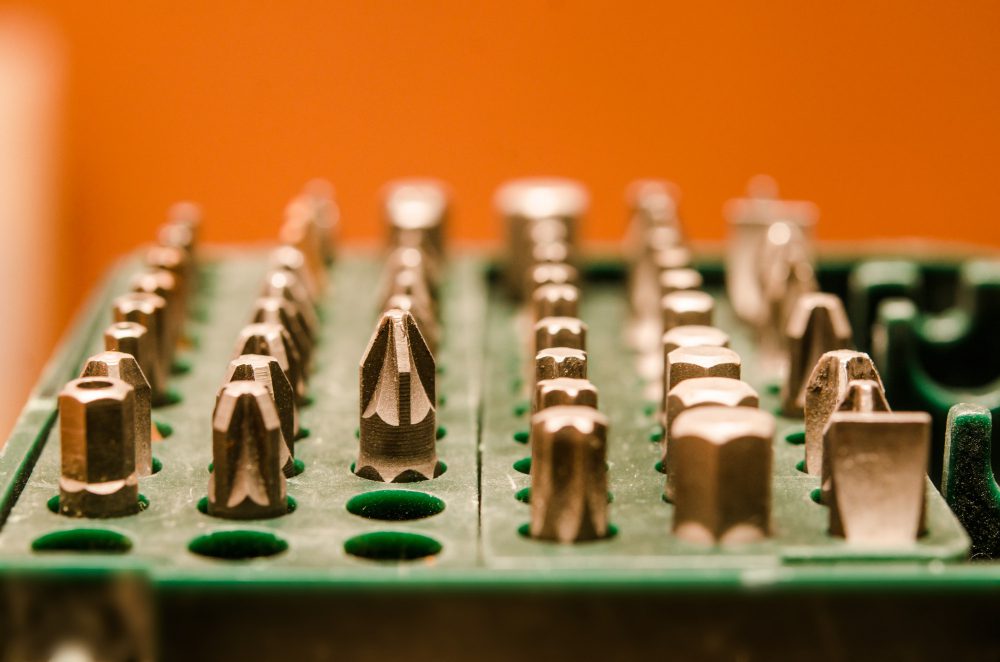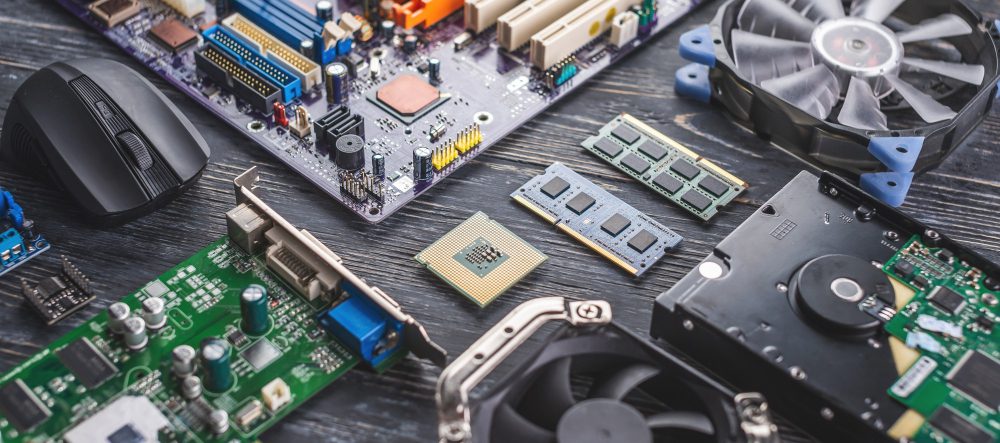Motherboards and Thunderbolt Technology: An Overview
Introduction
When it comes to building a PC, the motherboard is one of the most important components. It acts as the backbone of the computer, connecting all other components such as the CPU, RAM, and storage devices. With the rapid development of technology, motherboards have come a long way, with the latest models featuring advanced features such as Thunderbolt technology.
What is Thunderbolt Technology?
Thunderbolt technology is a new feature introduced by Intel in 2011 that allows for high-speed data transfer and connectivity. It is a collaboration between Intel and Apple, designed to allow for fast data transfer between computers and other devices such as displays and storage devices. Thunderbolt uses a single cable to connect devices, which can provide up to 40Gbps of bandwidth, making it one of the fastest data transfer technologies available.
Thunderbolt on Motherboards
The introduction of Thunderbolt technology to motherboards has opened up new possibilities for PC enthusiasts and professionals alike. With Thunderbolt connectivity, users can easily connect their PC to external devices such as monitors, storage devices, and even other computers.
Many high-end motherboards now come equipped with Thunderbolt ports, allowing users to connect multiple devices and transfer data at high speeds. In addition to this, some motherboards also feature Thunderbolt 3, which is backwards compatible with Thunderbolt 2 and provides up to 100W of power, making it even more versatile.
Benefits of Thunderbolt on Motherboards
The benefits of Thunderbolt on motherboards are numerous and wide-ranging. Some of the key benefits include:
- Fast Data Transfer: Thunderbolt technology provides lightning-fast data transfer speeds, making it ideal for professionals who need to transfer large amounts of data quickly.
- Versatility: Thunderbolt allows users to connect a wide range of devices to their PC using a single cable, making it a versatile and flexible option for many different applications.
- Power Delivery: Thunderbolt 3 provides up to 100W of power, making it possible to charge devices such as laptops and smartphones directly from a Thunderbolt port.
- Compatibility: Thunderbolt technology is backwards compatible with older versions of Thunderbolt, making it easy to connect to older devices.
Do AMD motherboards support Thunderbolt?
As of 2021, support for Thunderbolt 3 and 4 on AMD motherboards is limited, but it exists. Thunderbolt technology, developed by Intel, primarily featured on Intel-based motherboards and systems. However, Intel has opened up the standard, and it’s incorporated into the USB4 specification, which should theoretically allow for more widespread adoption across both Intel and AMD systems.
You’ll find some AMD motherboards with Thunderbolt 3 support, often through an add-on card that plugs into a specific header on the motherboard. However, this support is not widespread and tends to be found on higher-end and more recent motherboards. Always check the specifications of a specific motherboard to see if it supports Thunderbolt.
When it comes to laptops, Thunderbolt support on AMD systems is even more scarce, but it may increase with future models as the technology becomes more universal.
Keep in mind that the situation can change rapidly in the tech world, and more recent information may be available. Always make sure to check the latest product specifications before making a purchase.
What is Thunderbolt header on motherboard used for?
The Thunderbolt header on a motherboard is used for adding Thunderbolt support to the system, typically through an add-on card.
The process generally involves the following steps:
- Connect the add-on card to a PCIe slot on the motherboard.
- Connect the Thunderbolt header on the add-on card to the Thunderbolt header on the motherboard using the provided cable.
- Connect the DisplayPort cable from your graphics card to the add-on card.
- Install any necessary drivers or software.
Once this setup is complete, you can connect Thunderbolt devices to the ports provided by the add-on card. Thunderbolt can support data, video, and power over a single cable and offers high data transfer rates, making it useful for tasks such as video editing or for connecting high-speed external storage devices.
However, always ensure to check the compatibility of your motherboard with the specific Thunderbolt add-on card as not all motherboards may support all cards. The motherboard’s manual or product page should provide information on compatible add-on cards.
Conclusion
In conclusion, Thunderbolt technology has revolutionized the way we connect and transfer data, and its introduction to motherboards has opened up new possibilities for PC enthusiasts and professionals. With lightning-fast data transfer speeds, versatility, and power delivery, Thunderbolt is a must-have feature for anyone looking to build a high-end PC. So if you’re in the market for a new motherboard, be sure to look for one that features Thunderbolt technology.



